Contents
- Why You Need a WordPress Multi Language Directory Website
- What You Need to Set Up a Multi Language Wordpress Directory Website (No Code Required)
- How to Set Up a Multi Language WordPress Directory Site (Step-by-Step)
- Best Translation Plugins for Multi Language WordPress Directory Websites in 2025 (User Reviewed)
- More Translation Plugins Worth Checking Out
- How Directorist Functions with WordPress Multi-Language Plugins
- Multilingual SEO Tips for WordPress Directory Sites
- Important Queries About Create WordPress Multi Language Directory Website You Should Know
- Final Thoughts: Build a Future-Ready Multi Language Directory Site
- Reference
How to Create WordPress Multi Language Directory Website (No Coding Needed)
Running a successful directory website on WordPress is exciting — but what happens when your users speak different languages?
That’s where the real challenge begins.
You might already have an amazing listings directory built with a plugin like Directorist, but if it’s not multilingual, you’re missing out on international traffic, SEO growth, and a better user experience for native speakers.
The good news? You don’t need to touch a single line of code to fix this.
In this guide, we’ll guide you how to make your wordpress multi language directory website using powerful yet beginner-friendly translation plugins — no coding required. Whether you want to reach global audiences, boost multilingual SEO, or offer seamless UX in multiple languages, this step-by-step post will walk you through it all.
Why You Need a WordPress Multi Language Directory Website
Globalization makes the world more connected, your website visitors come from diverse linguistic and cultural backgrounds. If your WordPress directory website only supports a single language, you may be unintentionally limiting your reach and missing out on valuable international traffic. Moreover, multilingual websites tend to perform better in search engines. Also, visitors are more likely to stay longer, engage more, and convert if the site feels tailored to their language and culture. Here is our top 3 observations why you should make your WordPress directory site multi language:
1. Connect with a Worldwide Audience through Various Languages
Expanding your directory to support multiple languages creates a native experience for your audience. Users prefer to browse in their native language, which enhances engagement.
2. Improve Multilingual SEO Rankings
Search engines like Google index content by language, meaning your translated pages can rank independently in different regions and languages. This comprehensive SEO strategy enhances organic traffic from various regions.
3. Enhance User Experience Across Regions
A user-friendly experience is key to retaining visitors. Users are likely to interact more when they find their own language. They’re more likely to explore your listings thoroughly and convert. This can be anything like inquiry, booking, or purchase.
What You Need to Set Up a Multi Language WordPress Directory Website (No Code Required)
Knowing the exciting benefits of wordpress multi language, you must be looking for the set up process. You’ll find a lot of tutorials for setting up wordpress multilingual plugins. Some of them are very complex. We don’t want to put you in that trouble. We will demonstrate the simplest method to achieve this. For set up, you’ll need just two core tools:
1. A Translation Plugin (No Coding Required)
These plugins let you translate all your WordPress content—including directory listings—without writing any code.
2. A Directory Plugin That Supports Multilingual Features
The second thing you need is a directory plugin. Directorist is an excellent choice. It’s lightweight, scalable, and works well with top translation plugins.
Using these two easy tools, we are all set.
How to Set Up a Multi Language WordPress Directory Site (Step-by-Step)
You’re just a few steps away from creating your multi language directory website. Without any further delay, now let’s walk through the actual process:
Step 1 – Install and Configure Your Translation Plugin
Choose your preferred tool (e.g., WPML, Polylang etc), install it, and select your site’s default language and additional languages.
Step 2 – Translate Static Content (Pages, Menus)
Use your plugin’s translation tools to localize all static content—like homepage text, navigation menus, and footer widgets.
Step 3 – Translate Dynamic Content (Listings, Categories, Locations)
Translate custom post types like directory listings using WPML’s “Translate Custom Post Types” feature or TranslatePress’s visual editor.
Step 4 – Include a Language Switcher on Your Website
Enable a language switcher in your header, footer, or sidebar to let users toggle between languages.
Step 5 – Optimize for SEO in Multiple Languages
Make sure each translated page has unique meta tags, slugs, and hreflang attributes for better multilingual SEO.
Best Translation Plugins for Multi Language WordPress Directory Websites in 2025 (User Reviewed)
Picking the right plugin for website translation is essential. You will find a lot of wordpress language translation plugins out there. But choose carefully that are truly directory friendly. We’ve sorted some of the best wordpress translation plugins for wordpress websites. There are two types of translation plugins. Manual translation and Auto translation. Manual translation needs more effort but provides full control over the content quality. On the other hand, auto translation tools use online services like google. This is an easy, fast and wide range of options. These all tools are user recommended. You can also take a look at this user feedback on Reddit (See reference section). This might help you to get a good overview. Before making a final decision, compare each of the functions that is perfect for you. Let’s go for a quick rundown:
WPML
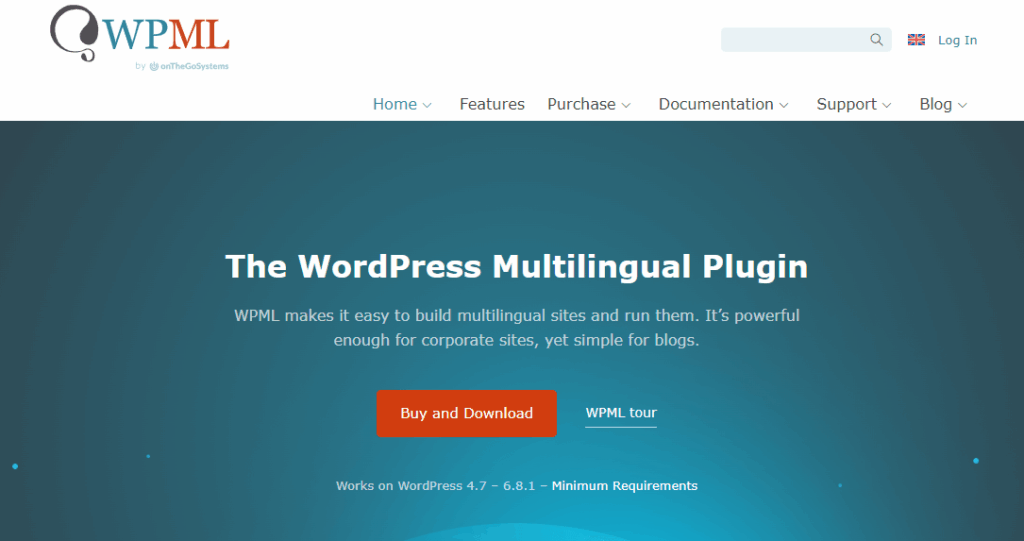
WPML is a high-quality WordPress translation plugin designed for multilingual websites. It supports more than 65 languages and allows for both manual and automatic translation (via services such as DeepL, Google Translate, or Microsoft) for posts, pages, custom post types, menus, and WooCommerce. It includes features for translation management, multilingual SEO, and connects with professional translation services.
Learn More: How To Use WPML With Directorist (The Complete Guide)
Loco Translate
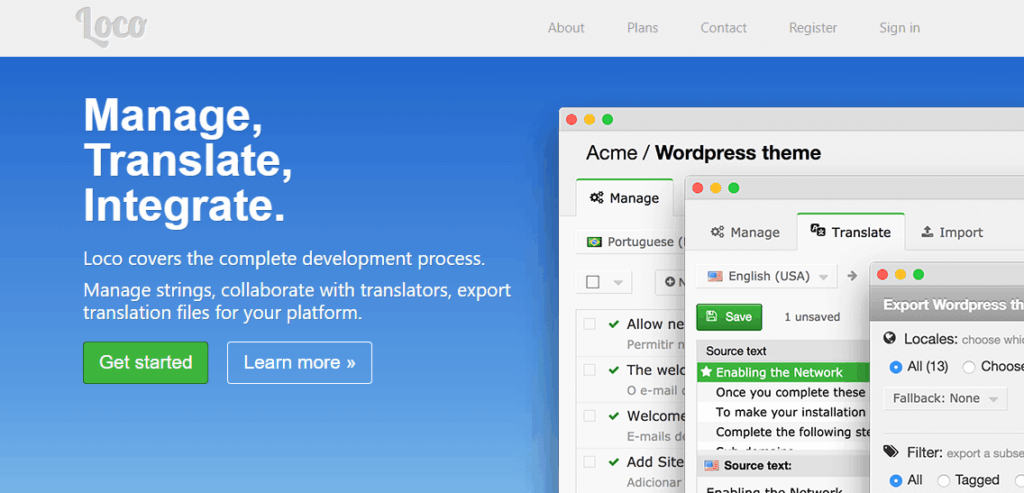
Loco Translate is a wordpress multilingual plugin that allows you to translate themes and plugins right from the WordPress dashboard. It offers a built-in editor, supports automatic translation services (DeepL, Google, Microsoft), and is developer-friendly with tools for handling localization files. It’s ideal for managing string translations and supports most of the languages. Free with premium features available.
Read more: How to Translate or Change Directorist Strings with LocoTranslate?
Polylang
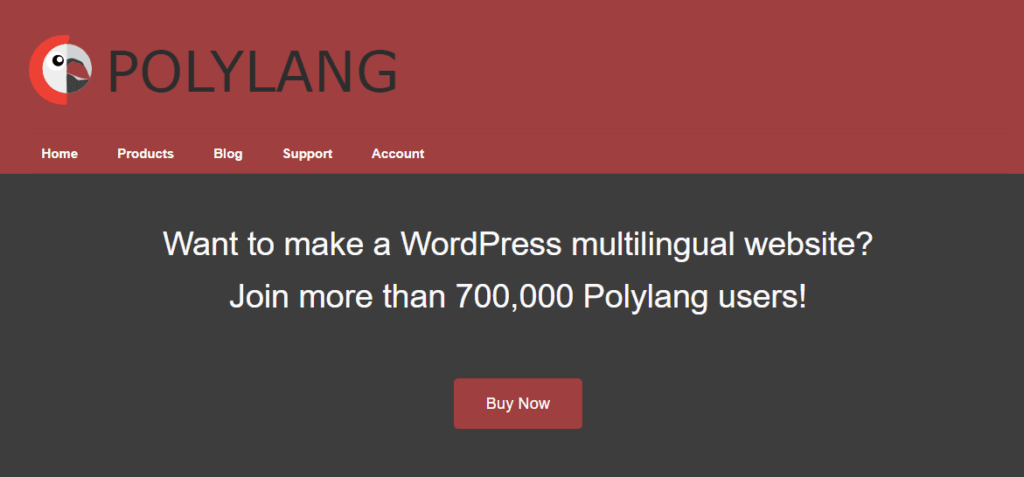
Polylang is a freemium plugin for creating wordpress multilingual. It provides manual translation options for posts, pages, categories, tags, and menus, along with automatic translation through DeepL in the Pro version. It compatible with WooCommerce and supports multilingual SEO with hreflang tags. The free version covers basic needs, while Polylang Pro adds advanced features like custom post type translations.
TranslatePress
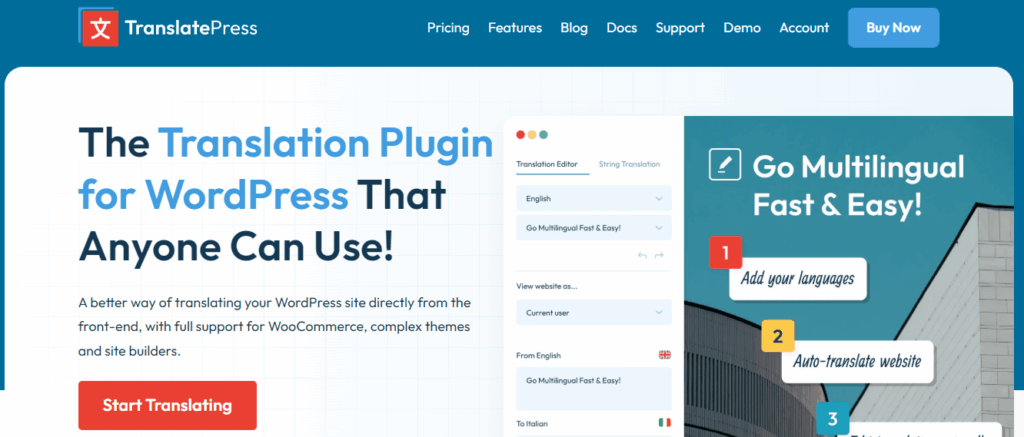
TranslatePress is a user-friendly wordpress multi language plugin for multilingual sites, offering front-end translation editing. It allows for both manual and automatic translations (using Google Translate or DeepL) for every element on the site, such as WooCommerce, page builders, and shortcodes. It’s SEO-friendly and supports 132 languages. Included with premium plans beginning at €99 per year.
Weglot
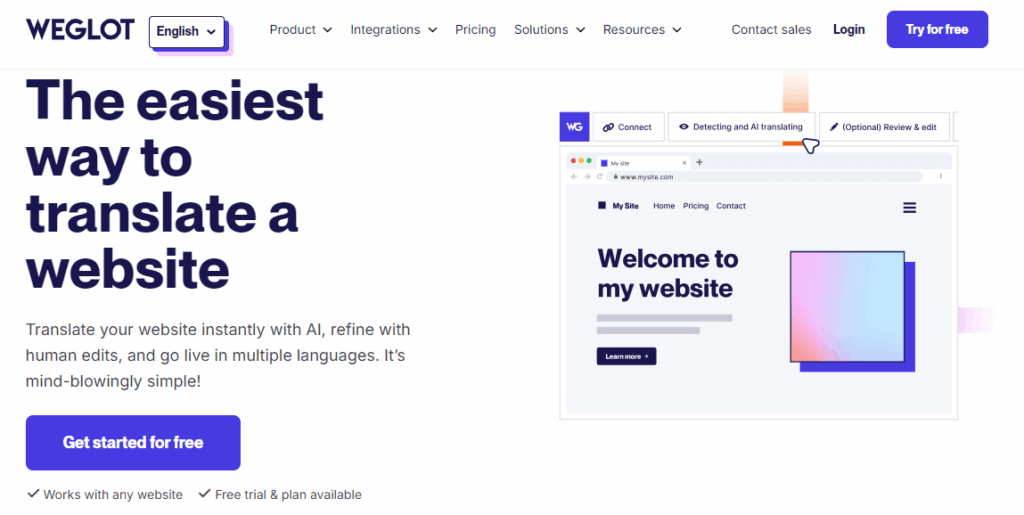
Weglot is a translation service that operates in the cloud and offers a WordPress plugin for easy multilingual websites.
It delivers automatic translations (via Google, DeepL, Microsoft) in more than 110 languages, along with options for manual editing and professional translations. It is designed for multilingual SEO and is compatible with WooCommerce. Free for up to 2,000 words; premium plans begin at around €99 per month.
More Translation Plugins Worth Checking Out
Multilingual Press
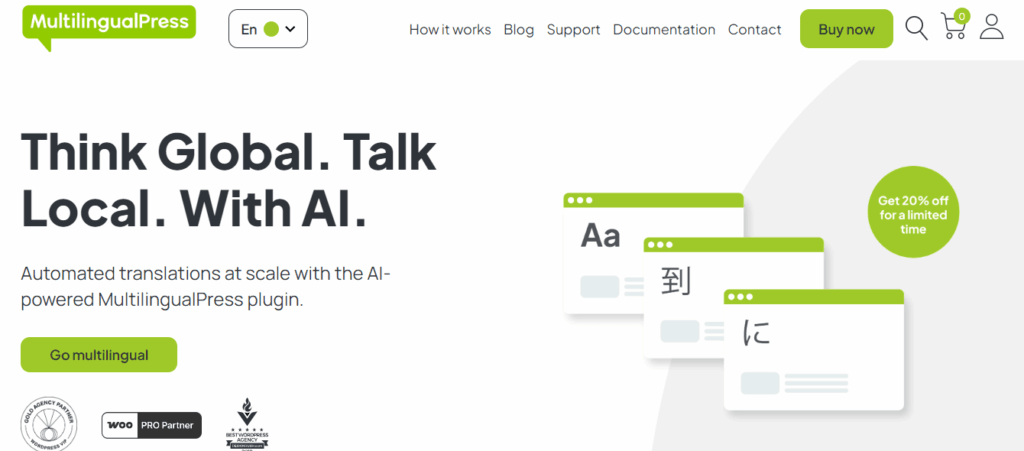
Multilingual Press is a premium WordPress plugin that leverages WordPress Multisite to create separate sites for each language. It supports 174 languages, offers SEO-friendly URLs, hreflang tags, and flexible site management. Ideal for users needing distinct language-specific sites.
GTranslate
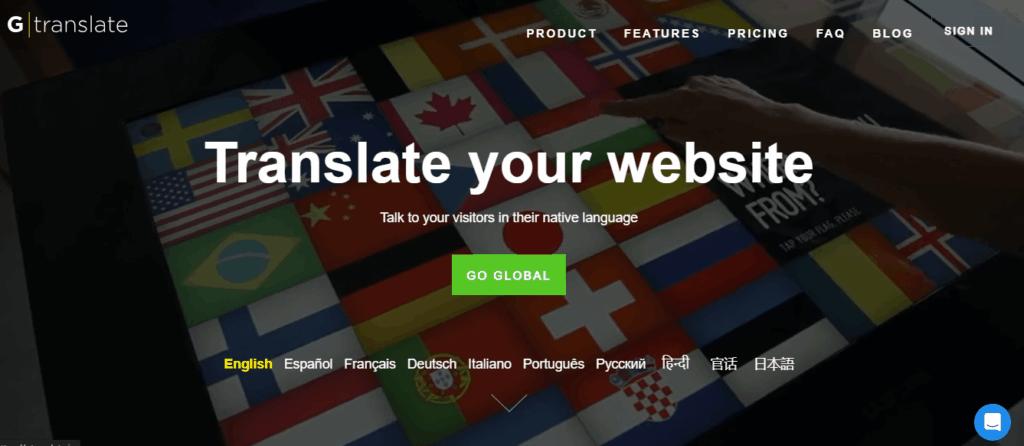
GTranslate is a WordPress plugin that makes use of Google Translate to provide automatic translations in more than 100 languages. The free version offers basic translations, while premium plans add SEO-friendly features, translation editing, and hosting on their cloud network. It supports WooCommerce and is ideal for quick, budget-friendly multilingual setups.
Lingotek
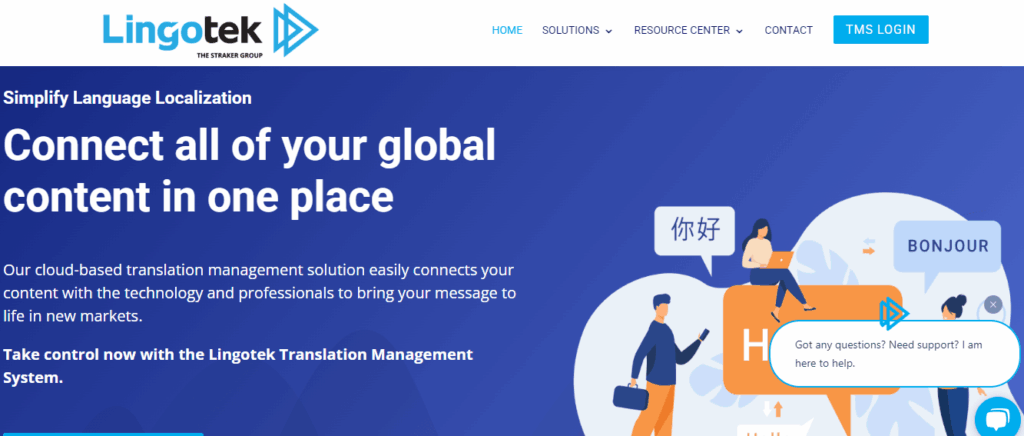
Lingotek Translation is a cloud service that offers a WordPress plugin for automatic and professional translations. It integrates with Microsoft’s translation API, offering free translation for up to 20,000 words. It allows for manual editing, offers professional translation services, and supports multilingual SEO. Best for users needing robust translation management.
How Directorist Functions with WordPress Multi-Language Plugins
Directorist is compatible with most major translation tools and supports full directory translation. Here’s how:
Translatable Elements in Directorist
You can convert listings, categories, custom fields, tags, and location filters into another language.
Language Switcher and Frontend Translation
With WPML or TranslatePress, users can switch languages without reloading listings or breaking layouts.
Tips for Avoiding Translation Conflicts
• Clear your cache after updating language settings
• Use separate slugs for translated categories
• Avoid mixing manual and automatic translations for listings
Multilingual SEO Tips for WordPress Directory Sites
Translating your WordPress directory website is a great first step — but to truly benefit from a global audience, you also need to optimize your multilingual content for search engines. Without proper multilingual SEO, your translated pages might not rank well or could even compete with each other in search results. Below are some essential tips to help you maximize visibility, avoid duplicate content issues, and rank higher in different language markets:
1. Use hreflang Tags Correctly
Hreflang tags tell search engines which version of a page to show based on a user’s language and region. This helps avoid duplicate content penalties and ensures users are directed to the correct language version. Most major translation plugins like WPML and TranslatePress support hreflang automatically.
2. Translate Slugs, Meta Titles, and Descriptions
Don’t only translate the visible content — make sure to localize your SEO metadata. Plugins like WPML let you translate slugs (URLs), page titles, and meta descriptions, which are critical for ranking in language-specific search engines.
3. Avoid Machine Translation Without Review
While automatic translation tools can speed things up, poor translations can hurt your SEO and credibility. Always review and edit auto-translated content, or better yet, use human translators for key pages like listing categories and landing pages.
4. Create Unique Content for Each Language
Instead of simply copying and pasting the same content into another language, aim to localize and adapt it. Search engines prefer original, high-quality content, and this applies across languages too. Tailor your messaging to cultural differences and local preferences.
5. Submit Each Language Version to Google Search Console
If your site has subdirectories or subdomains for different languages (e.g., /en/, /fr/), submit each version to Google Search Console. This helps Google crawl and index your multilingual site more effectively.
6. Optimize Internal Linking by Language
Make sure your internal links stay within the same language version. For example, the Spanish version of a listing page should link to other Spanish pages (like blog posts or categories), not English ones. This improves both UX and crawlability.
7. Use Language-Specific XML Sitemaps
Many multilingual plugins generate language-specific sitemaps. Submit them individually to search engines to ensure proper indexing of each language version.
By following these multilingual SEO best practices, your WordPress directory site can rank well across multiple regions, boost organic traffic, and deliver a better experience to users worldwide.
Important Queries About Create WordPress Multi Language Directory Website You Should Know
What is the best WordPress multi language plugin for directory websites?
Every popular plug has its own strength on their functions. It’s better to check the features before choosing any WordPress multi language plugin for directory websites.
Can I translate my WordPress directory site without coding?
Yes. Tools like TranslatePress and WPML make it simple to translate content visually—no code needed.
How do I translate user-submitted listings in WordPress?
Use WPML to duplicate and translate custom post types, or allow users to submit listings in multiple languages.
Is WPML compatible with Directorist?
Yes, Directorist supports WPML, allowing full translation of listings, fields, and labels.
Does translating my site improve SEO?
Absolutely. You’ll gain visibility in local SERPs, increase traffic, and enhance user trust.
Final Thoughts: Build a Future-Ready Multi Language Directory Site
Creating a WordPress multi language directory website doesn’t have to be complicated. With the right tools—like Directorist and a quality translation plugin—you can reach global audiences, improve your SEO, and deliver a seamless experience to users around the world.

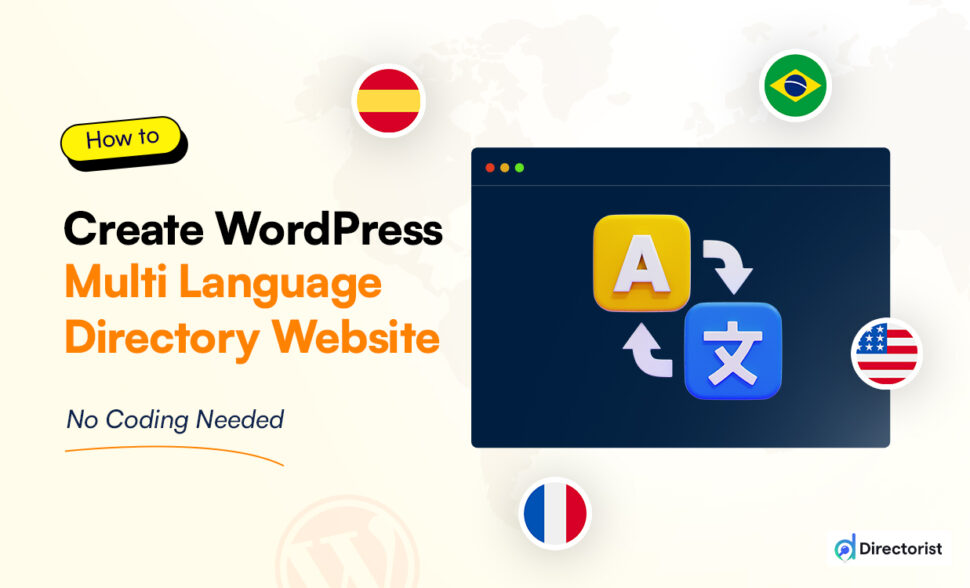


Leave a Reply
You must be logged in to post a comment.